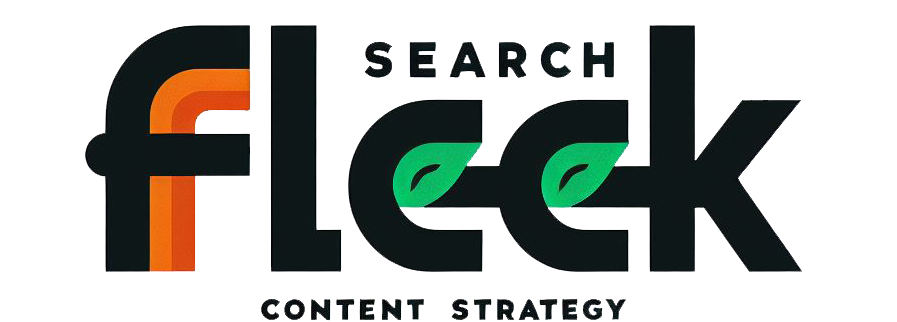In today’s digital landscape, communication is the lifeblood of any nonprofit organization. Connecting with supporters, raising awareness about their cause, and ultimately driving positive change all hinge on effectively sharing their message. One powerful tool that nonprofits are increasingly leveraging is the blog. Far from being just another website feature, blogs offer a multitude of benefits that can propel a nonprofit’s mission forward.
Benefits of Nonprofit Blogs

Nonprofit blogs serve a variety of purposes, each contributing significantly to the organization’s success. Let’s delve deeper into the key benefits:
Boosting Visibility and Website Traffic:
In the competitive world of online information, getting noticed is crucial. Blogs play a vital role in Search Engine Optimization (SEO). By consistently publishing content rich in relevant keywords, a nonprofit website becomes more discoverable by search engines. Imagine someone searching for information on animal welfare. A well-optimized blog post from an animal shelter discussing responsible pet ownership could appear at the top of the search results, driving valuable traffic to the shelter’s website. This increased visibility translates to a wider audience potentially interested in the nonprofit’s work.
The Study
The study by Albanna, Alalwan, and Al-Emran (2021) highlights the significance of blogs as part of a nonprofit organization’s broader digital strategy. The authors point out that blogs serve as an essential tool for nonprofits to share detailed narratives, success stories, and important updates with their audience. By regularly publishing well-crafted blog posts, nonprofits can foster stronger community engagement and build trust with their supporters. The study also suggests that blogs, when integrated with other social media platforms, can enhance public awareness and drive more effective communication campaigns, thereby reinforcing the organization’s overall mission.
Reference: Albanna, H., Alalwan, A. A., & Al-Emran, M. (2021). An integrated model for using social media applications in non-profit organizations. International Journal of Information Management, 61, 102452. https://doi.org/10.1016/j.ijinfomgt.2021.102452
Building Relationships and Community:
Blogs are more than just one-way communication channels. They foster a sense of connection with supporters and potential donors. By sharing personal stories of the people impacted by the nonprofit’s work, blogs create an emotional connection. Imagine a blog post featuring a client who overcame homelessness thanks to a housing program. This kind of storytelling allows supporters to see the tangible impact of their contributions, strengthening their bond with the organization. Furthermore, comments sections and social media integration encourage interaction. Supporters can share their thoughts, ask questions, and feel like part of a larger community working towards a common goal.
Fundraising and Donor Engagement:
Nonprofit blogs can be powerful tools for fundraising. By educating potential donors about the cause and showcasing the impact of their contributions, blogs can motivate them to give. Compelling narratives featuring success stories and data-driven reports on the number of people helped can demonstrate the value of every donation. Integrating seamless donation buttons within blog posts makes it easy for inspired readers to take action. For instance, a blog post highlighting the plight of endangered sea turtles could include a call to action for readers to donate towards conservation efforts, with a clear and easy-to-use donation button directly linked to the organization’s secure donation page.
Raising Awareness and Educating Supporters:
Nonprofit organizations often possess a wealth of knowledge and expertise on the issues they address. Blogs provide a platform to share this knowledge and educate the public. Informative content that delves into the root causes of the issues tackled by the organization can raise awareness and spark important conversations. Imagine a blog series by a mental health organization addressing common misconceptions about mental illness and offering resources for those seeking help. This kind of content empowers the public to make informed decisions and creates a more supportive environment for those in need.
Advocacy and Influencing Policy:
Nonprofit blogs can be a powerful tool for advocacy. By presenting data, statistics, and compelling arguments, blogs can build a strong case for policy changes that align with the nonprofit’s mission. Imagine a blog post by an environmental organization highlighting the devastating effects of climate change and urging readers to contact their representatives to support environmental protection legislation. In this way, blogs can mobilize supporters to take action and influence policy decisions that create lasting positive change.
Challenges and Considerations

Maintaining a successful nonprofit blog requires dedication and strategic planning. Time constraints and limited resources are common challenges. However, focusing on content quality and consistency is paramount. Regularly publishing high-quality blog posts that resonate with the target audience is key to achieving blog goals. Utilizing analytics tools to measure blog performance allows nonprofits to track progress and adapt their strategies based on data.
Best Practices for Nonprofit Blogs
To maximize the impact of their blogs, nonprofits can follow these best practices:
- Know Your Audience: Clearly define your target audience. Tailoring blog content to their specific interests and needs ensures the information resonates and compels them to take action.
- Content Calendar: Create a content calendar to plan and schedule blog posts. This ensures a steady flow of engaging content and keeps your audience coming back for more.
- Captivating Content: Craft compelling headlines that grab attention and accurately reflect the blog post’s content. Use visuals effectively, such as images, infographics, and videos, to break up text and enhance reader experience. Optimize blog posts for search engines by incorporating relevant keywords naturally throughout the content.
- Promote Your Blog: Don’t let your blog posts languish in obscurity. Promote them on social media platforms, through email marketing campaigns, and by collaborating with other organizations in your field.
Conclusion
Nonprofit blogs are not simply website add-ons; they are strategic communication tools that can significantly impact an organization’s success. By fostering connections with supporters, raising awareness, driving website traffic, and influencing policy change, blogs empower nonprofits to achieve their goals. The key takeaways are clear:
- Content is King: Focus on creating high-quality, informative, and engaging content that resonates with your target audience. Content marketing is crucial nowadays.
- Engagement is Key: Foster two-way communication by encouraging comments, responding to inquiries, and building a sense of community.
- Track and Adapt: Utilize analytics to measure blog performance and adapt your strategies to maximize impact.
- Promote and Collaborate: Actively promote your blog content and seek collaboration opportunities with other organizations in your field.
By embracing the power of blogs, nonprofits can amplify their voices, connect with a wider audience, and ultimately create a positive ripple effect in the world. So, if your nonprofit organization is not yet leveraging the power of blogs, consider taking the plunge. With dedication, creativity, and a strategic approach, your blog can become a cornerstone of your communication strategy, propelling your mission forward and inspiring lasting change.
Emon Anam, CEO of Search Fleek, isn't your typical digital guru. He brings a unique blend of financial expertise (former banking pro!) and digital marketing mastery to the table. A self-proclaimed "SEO Sherlock Holmes," Emon unlocks content secrets for local businesses and SaaS companies. But beyond the keyboard, he's a devoted family man, music enthusiast, and cricket champion. Let Emon weave your digital success story!
AI Writing Disclaimer
This post was initially researched and outlined by me. The content was then generated by an AI language model using the provided information. The final text has been reviewed and edited by me for accuracy and clarity.




